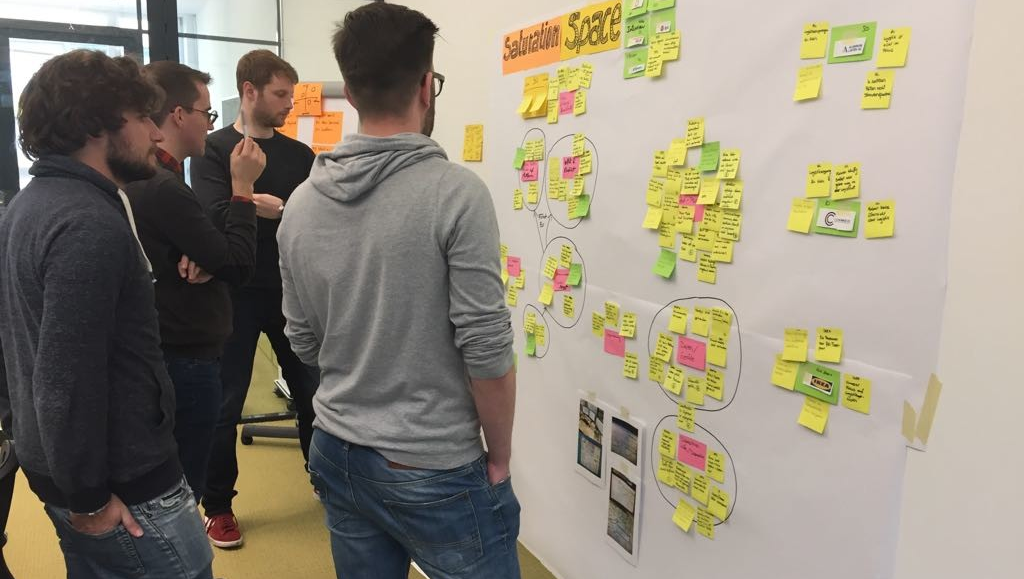
Dominic Spalinger and Remo Rohner share their experiences about how they failed with a promising business idea in the early stages by making mistakes in three core areas: the team, the MVP and the investors. They will share their story also at the Fuckup Nights Basel Vol XIV on 23 August.
The CHF 15.3 Bn Swiss freight transport market is an industry domain that is yet to be disrupted and back in 2016 we had an idea on how to reduce empty mileage in Swiss trucking. With 20% of the trucks on the roads running empty, there was huge potential to address a core problem that causes the operational efficiency of many trucking businesses to be on the brink of bankruptcy.
Our take on this problem was to foster collaboration among the carriers by using an algorithm to make a prediction about their future tours. Based on the location data provided by the trucking partners, we would be able to run a self-learning route prediction algorithm that enables an optimal match between orders placed on the platform and available trucks.
Here, we are going to share our experiences about how we screwed up a great business idea in the early stages by making mistakes in three core areas: the team, the MVP and our Investors. We hope it’s useful to you.
Team: The problem with day jobs
By far the most important task of a start-up is to build a team that has the power to sustain the bumpy journey. The biggest issue we faced, as new entrepreneurs, was our cautious attitude towards risk taking. However we should mention, in our defence, that we all had full time Swiss corporate jobs that we loved and did not see the immediate need to leave our comfortable life styles to jump head first into the (financial) unknown of creating a start-up. After we received funding, some of us decided to reduce their day jobs by only 10% or 20% for the aforementioned reasons, and we had to learn the hard way that this simply doesn’t work. Due to our other work commitments, we were working evenings and weekends and eventually realized that we did not to have the time to properly handle all of the upcoming challenges.
Our second mistake followed suit. To tackle the overwhelming workload, we decided that recruiting more people to the team was the easiest solution and eventually ended up with a team of six people including three business guys, one developer and two algorithm experts – and not one of us was actually committed to take the necessary risks. We quickly realized that sharing the workload within a team of six came with its own challenges. We failed to correctly sort the responsibilities which lead to a disastrous communication problem and because we all worked more or less full-time and lived in different areas of the country, organizing a team meeting on short notice proved to be extremely difficult.
As you may have noticed, our team was overstaffed on business knowledge and under staffed on the IT side. Our take on this challenge was to hire five Polish developers via Upwork to support us with the coding. Our only in-house programmer was taken up by supervising the five Polish guys and was therefore left with no time to do any coding himself. This led in to a dependency on the external developer team and on venture capital to pay them. This resulted in a situation where we didn’t actually know the code and only tested the functionality from a business perspective.
How to build the right Minimum Viable Product
One of our biggest AHA-moment was an advice we received from Axel Springer Ventures: "When thinking about building your MVP, take your time. Take at least two intensive weeks before agreeing on what to build, no matter how obvious it may seem to you."
Unfortunately, this advice came too late for us, as we were already in the in-depth stages of developing our MVP to prove our paper-based business model - something that seemed so clear to us from the beginning. We only spent around 10 minutes discussing what to build and our biggest challenge at the time seemed to be delivering a proof that we can write the prediction algorithm. Based on the assumption that we needed to prove our ability to write this algorithm, we decided to build the technical infrastructure to gather and process the GPS data form truck drivers. After a couple months of development and testing, our MVP was able to collect and display live data for the development of the algorithm and provided the coordinator with an overview over his fleet. It sounded great on paper and we were proud of what we had accomplished.
However, after running our pilot with three transport companies we realized our mistake. Our MVP was a technical proof of concept and not a proof of the business model. The technology that we built could not prove to ourselves or anyone else that carriers were actually willing to use a platform approach to reduce inefficiencies.
Eventually, we ended up spending all our money on a MVP that gave us the confidence that we can build the algorithm, but did not deliver any proof of traction that would convince investors to finance such a business model.
The risks of choosing a strategic investor
Every start-up has to decide on the balance between bootstrapping and searching for investors and we decided to go for external capital to fund our development. Since AlgoTruck was our first venture, we had little experience on how to raise money and did not distinguish between CVC (Corporate Venture Capital) and VC money. However, we were lucky and quickly found a corporate that was willing to invest a good amount of money in our idea stage project.
We had a very good relationship with our corporate investor and they took good care of us. However, even though we quickly found an investor, it took us forever to agree on the terms of the investment. With corporates, the negotiations are not primarily about equity but rather about IP and strategic value for them. It therefore took us three months to set up a contract, mainly due to a back and forward game between the us and the legal and innovation departments of our investor.
As we were sure about their commitment to further invest and become our first big customer, we did not spend much time thinking about how to set ourselves up to be attractive for other investors. We realized this mistake when the corporate dumped us even before actually looking at the results of our work. Even though our investor’s innovation department liked our idea, they were not backed on the director’s level and by the time we were ready to show our results, we were told that we were no longer a strategic fit for the company.
Our learning in terms of investors is that, in the beginning either bootstrap your startup or go with a VC and think twice about CVC in early stage. When deciding to go for strategic financing in the later stages, make sure you are clear on the non-monetary benefits. A corporate can accelerate your growth when they become a customer, but they can also be a no-go for other investors in further rounds.
Conclusion
So, there we were with a product that did not prove traction, a team that did not really show confidence, a CVC that aborted us, no money left to build an MVP 2.0 and unfortunately, unable to bootstrap on our own due to our team setup.
Overall, we showed our MVP to more than 15 different VC’s while trying to persuade them to invest in us and we still struggled with the most basic and important questions from VCs such as:
- Show me your team and explain why you are the right people to get this done?
- Who in your team is responsible for what and how about commitment?
- Proof of traction: how many customers did you get onboard and what problem did you solve?
- On what will you spend the money? Mainly on external developers???
Eventually, we decided to end the journey. However, we learnt many painful but important lessons and one thing is for sure: the next time we start with a new idea, we’ll organize a well-structured MVP and have full team commitment from the get-go.
Fuckup Night Basel
Dominic Spalinger and Remo Rohner will share their story also at the Fuckup Nights Basel Vol XIV on 23 August. More information on the Faceboook page of the event.


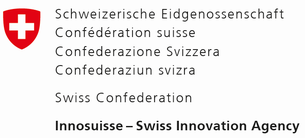


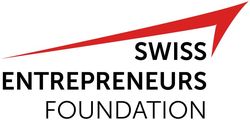


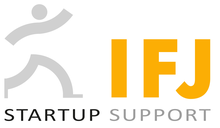




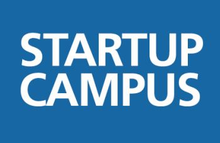




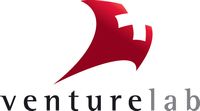



















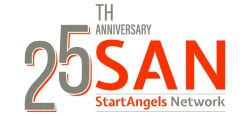

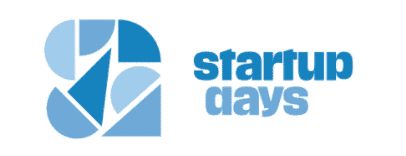














Please login or sign up to comment.
Commenting guidelines